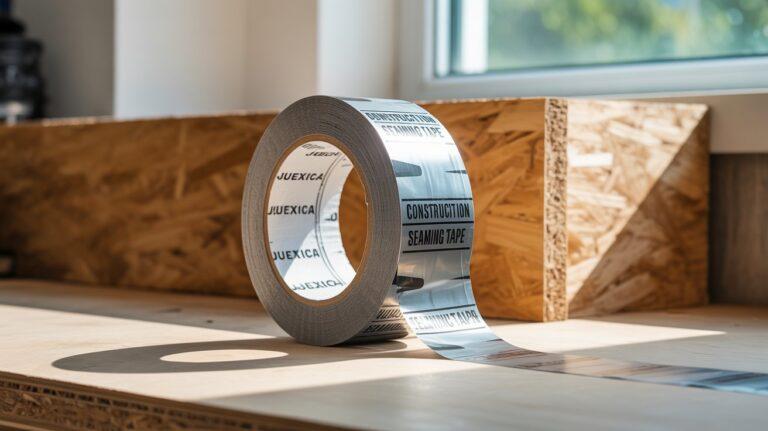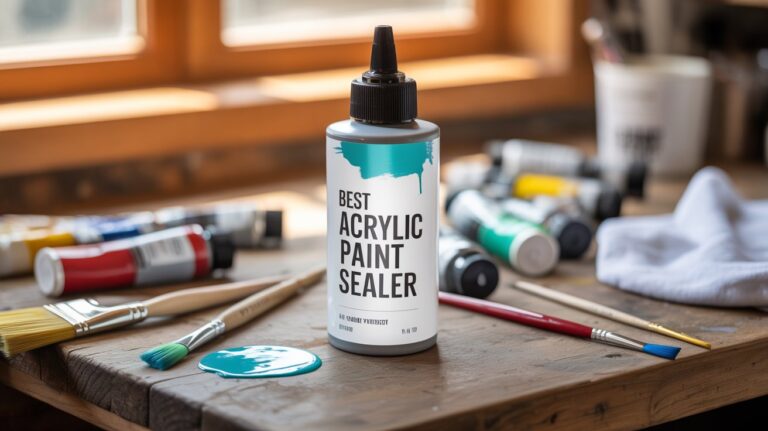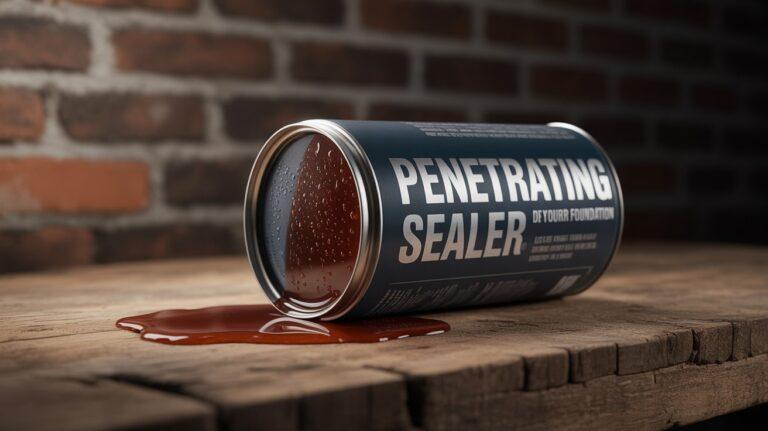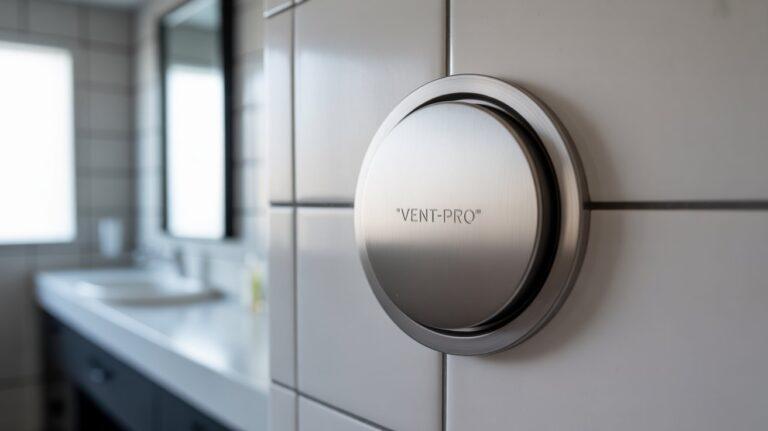How to Seal A Septic Tank Lid: 7 Proven Steps to Seal it Right
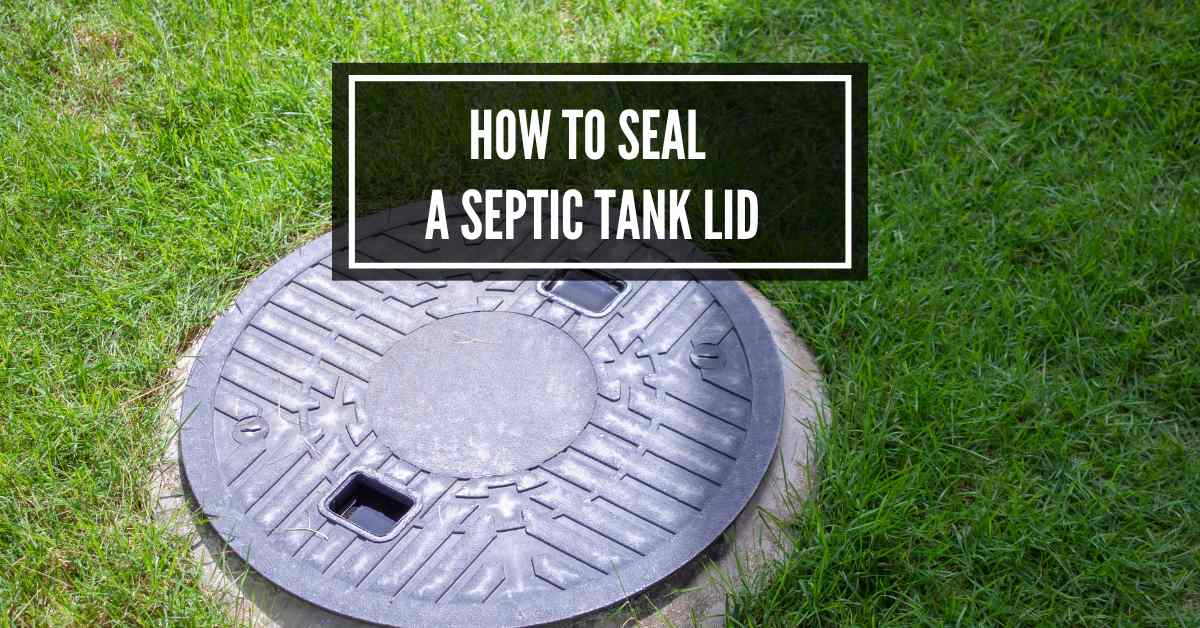
The average lifespan of a plastic tank is 30 years, and a concrete septic tank is 40 years. But changing the seal from time to time is necessary when it develops cracks, fractures, or rips.
Otherwise, liquid may enter or leave the tank. A septic tank without an airtight lid may release harmful gases and bacteria. These gaseous compounds may cause various health issues.
But the question is how to seal a septic tank link and what to use to seal a septic tank lid. Choosing the product and correctly applying it is necessary.
You want to ensure the septic tank lid covers the septic tank appropriately. In this article, I will guide you on how to seal a septic tank lid. Let’s dive in!
Avoid Costly Repairs: How To Seal A Septic Tank Lid
Is your septic tank leaking any liquid or releasing any foul smell? Are you wondering how to cover septic tank lids?
The followings are the steps to seal a septic tank lid perfectly.
Step: 01— Inspect The Septic Tank Lid
The first important task is looking through the current condition of the septic tank cover.
If you have not replaced it for a long time, it may have cracks, fractures, or rips. In such a case, repairing or changing the damaged lid is necessary.
Otherwise, the septic tank lid won’t be effective. Make sure you know how to seal a septic tank broken lid.
Septic tank lids are made of different materials, such as PVC, high-density polyethylene, or concrete.
Plastic-based lids are easy to install and manage. But they are prone to crack and bend over time.
In contrast, concrete-based lids are a bit heavy and expensive. But they are long-lasting and easy to repair.
Step: 02— Clean The Septic Tank Lid
If your septic tank lid is okay, start cleaning the cover and its nearby spot. Use a wire brush to get rid of dirt, debris, or old sealant from the septic tank cover.
Give special attention to the sealing area where you want to apply the sealant. This will help you use the sealing product appropriately.
Step: 03— Apply The Sealant
The next task is applying the sealant on the perimeter of the septic tank lid. Make sure to excavate the soil from the whole cover of the septic tank.
Shake or mix the sealant properly as per the manufacturer’s instructions. Grab a putty knife. It comes in handy to create a tight structural seal with a professional, clean look.
Add a thin and consistent layer of sealant around the whole perimeter of the septic tank cover. Covering the whole sealing area without any disruption is necessary.
Let it dry appropriately for several hours to 24 hours. The curing time may vary depending on the sealant type and weather conditions.
Step: 04— Put Back The Lid
Carefully place back the septic tank lid in its prior location. Apply gentle pressure to make sure it is aligned and centered correctly.
How many gaps are still between the septic tank and the cover? The edges may have tiny gaps. Sealing these little gaps is necessary to prevent escaping any gaps.
Apply a small amount of sealant around the whole perimeter of the septic tank cover. Use a paper towel or a clean cloth to remove the excess.
Let it dry properly. Don’t disturb the sealant during the curing time. Keep kids and pets away.
Step: 05— Test The Seal’s Effectiveness
Once the seal is adequately cured, you can perform a small test to see its effectiveness.
Pour a small amount of water into the sealing area. Do you see any leaks? Also, have you noticed any foul odor coming from the tank?
If the answer is no, give a pat on your back! You did the job well. But if you still see any leakage or notice any foul smell, you may have to reapply the sealant.
What Sealant To Use To Seal A Septic Tank Lid?
Wondering how to seal a plastic septic tank lid? It is common to feel confused to choose an effective and compatible sealant from so many options.
The followings are the top three types of sealants you can use on plastic and concrete septic tanks.
i) Butyl Rubber Sealant
One of the standard sealants for a septic tank lid is Butyl Rubber Caulk.

This elastomeric polymer is made of isobutylene and isoprene, which is effective in sealing gaps between the septic tank and the cover.
These special compounds are equipped with increased impermeability to moisture and air movement. It makes the sealant effective for a long time. Also effective for TPO, EPDM, PVC, glass, metals, aluminum, concrete, some plastics and wood sealing.
ii) Polyurethane Sealant
Another popular sealant you can use is Polyurethane sealant. It is a heavy-duty adhesive that is made of glycol and isocyanate.
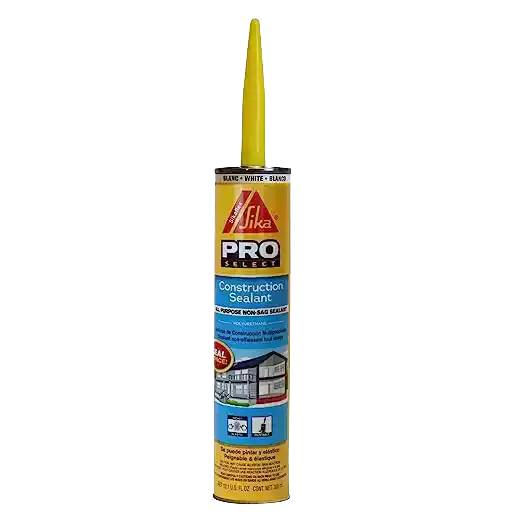
These organic compounds have chemical- and weather-resistant properties. Hence, moisture and corrosion will cause minimal harm to it.
Polyurethane sealants become exceptionally hard once they are cured. Their curing time is faster too. They are also resistant to tears and abrasion.
iii) Silicone Sealant
Silicone sealants are an excellent choice when creating a watertight and airtight seal between the septic tank and its lid. Also great for Kitchen, Bath, Door, Plumbing, Gutters, Auto, Marine, Window sealing and more!

It is best to use a 100% silicone seal made of siloxane. Silicone sealants have stronger adhesion. You won’t see any discoloration and mildew attack.
This heavy-duty and gel-like adhesive is resistant to cracking, spalling, and other damage. Plus, it has a low odor and is alkaline-stable.
Tips On Keeping A Septic Tank Healthy
- Pump the Septic Tank Regularly to avoid any buildup of sludge and scum and increase the system’s overall efficiency.
- Spread out water usage as much as possible to avoid overfilling the septic tank.
- Ensure food scraps and household waste are placed into the trash to avoid clogging the pipes.
- Don’t dispose of chemicals and other hazardous materials in the septic system; they are a terrible match.
- Use bacteria additives to balance pH and ensure a conducive environment for optimal bacterial activity.
- Install an Effluent Filter to create a barrier and prevent solid waste from entering the septic field.
- Regularly perform the maintenance task to keep the septic system in tip-top condition.
FAQ’s
How often should I reseal my septic tank lid?
It’s a good practice to check the seal annually and reseal if necessary.
Can I use any sealant for my septic tank?
No, always choose a sealant specifically designed for septic tanks.
What should I do if I notice a leak after sealing?
If you spot a leak, reapply the sealant or consult a professional.
Is it safe to seal the tank on my own?
Yes, as long as you follow safety precautions and use the right materials.
How can I determine if my septic tank lid is sealed correctly?
To determine if the lid is sealed correctly, check for any visible gaps, signs of leakage, or escaping odors. If in doubt, consult with a septic tank professional.
Conclusion
You must seal the septic tank lid when preventing odors, leaks, and safety hazards. This sealant will keep the septic tank lid airtight and watertight.
It doesn’t matter whether the septic tank lid is made of plastic or concrete. You have to seal each of them to ensure a healthy septic system.
Hopefully, you got a clear overview of how to seal a septic tank lid. Regularly perform maintenance and keep the tank lid in good condition.

I am Robert Sandin, a professional sealing expert with a diverse range of expertise. From concrete to various other materials, I possess in-depth knowledge and experience in the art of sealing. On my website, I offer valuable tips and expert recommendations on sealing techniques and products for different materials. Whether it’s concrete, wood, metal, or more, I am committed to providing you with the guidance you need for successful sealing projects.

